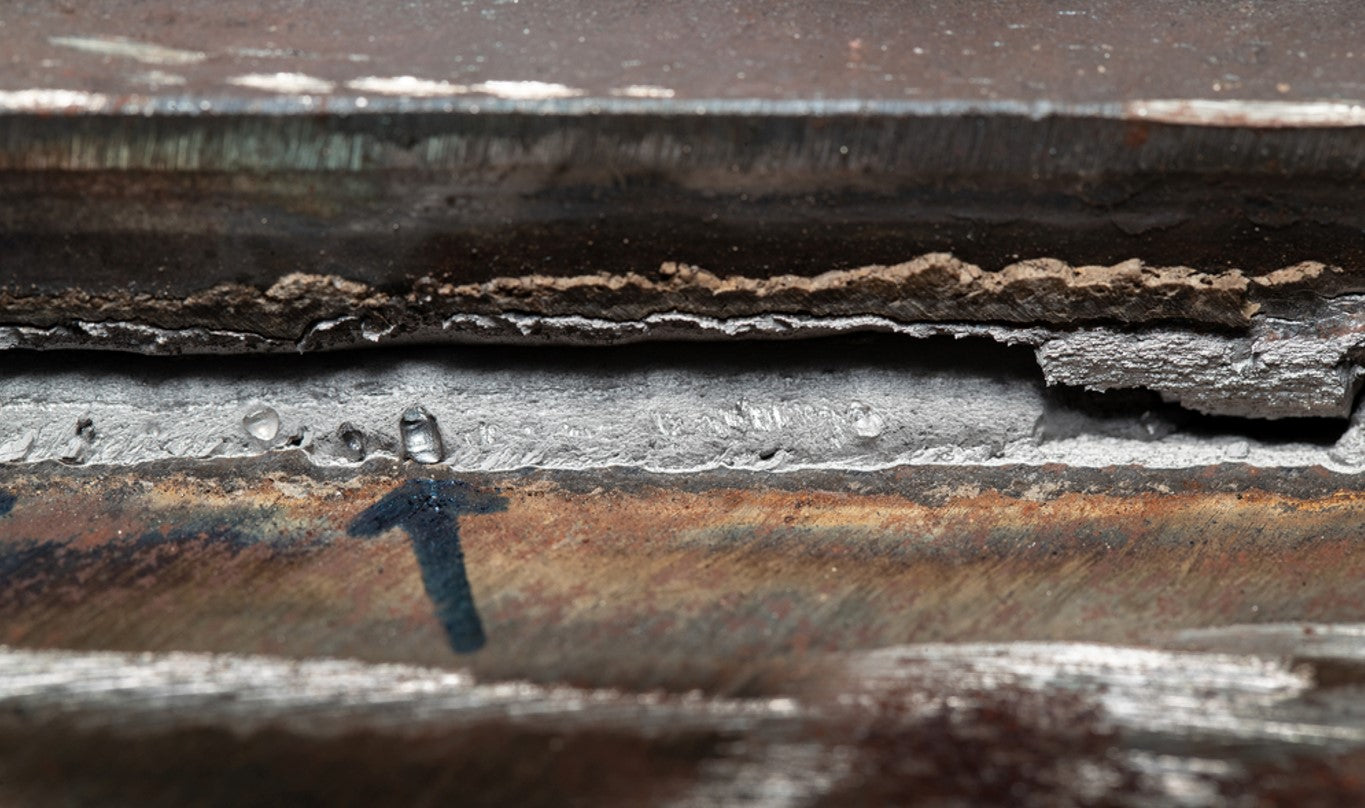Your Total Handbook to Preventing Weld Undercut Like a Pro
Your Total Handbook to Preventing Weld Undercut Like a Pro
Blog Article
Comprehending the Causes and Solutions for Undercut Welding in Steel Manufacture Procedures
In the world of steel manufacture processes, the incident of undercut welding postures a substantial obstacle that requires a thorough understanding of its reasons and sensible remedies. The detailed interaction of various elements during welding operations can lead to this undesirable sensation, influencing the architectural stability and general quality of the welded joints - Preventing weld undercut. By studying the origin of undercut welding and exploring effective remedial actions, makers can boost the criterion of their workmanship and make certain the manufacturing of flawless steel elements
Usual Reasons of Undercut Welding
Often neglected in steel manufacture, undercut welding takes place due to various factors that demand careful interest and expertise to be efficiently reduced. In addition, improper welding techniques, such as using the wrong welding angle or travel speed, can likewise contribute to undercut formation. The option of welding criteria, such as voltage, existing, and cord feed rate, plays a substantial duty in the event of undercut welding.
Influence of Incorrect Welding Parameters
Imprecise welding criteria can dramatically endanger the honesty and quality of welded joints in steel manufacture procedures. The influence of inaccurate welding specifications materializes in different ways, leading to structural weaknesses and defects in the welded parts. One essential facet impacted by improper welding parameters is the infiltration deepness of the weld. Inadequate warmth input due to reduced welding currents or excessively high travel rates can lead to insufficient fusion in between the base metals, leading to insufficient joint penetration and weakened bonds. Alternatively, extreme heat input created by high welding currents or sluggish travel rates can cause too much and burn-through support, producing a brittle and unpredictable weld structure. In addition, inaccurate parameters such as inappropriate voltage settings or wrong electrode angles can add to irregular weld grain profiles, absence of fusion, and raised possibilities of issues like undercutting. Therefore, careful attention to welding specifications is critical to ensure the manufacturing of high-quality welds with the preferred mechanical residential properties and structural honesty.
Impact of Improper Torch Angle
Incorrect lantern angle in welding procedures can substantially influence the top quality and honesty of the last weld joints in steel construction procedures. The lantern angle plays an important function in establishing the warmth input and circulation throughout welding. When the lantern angle is inaccurate, problems such as undercutting can develop. Undercutting is a typical welding problem where a groove forms along the weld toe, compromising the joint and compromising its structural honesty.
A torch angle that is also steep can result in not enough infiltration, insufficient combination, and increased spatter. On the various other hand, a lantern angle that is as well shallow can cause too much penetration, burn-through, and distortion of the base material. Preventing weld undercut. Correct torch angle is important for guaranteeing consistent weld quality, stamina, and appearance
To stop damaging and various other defects triggered by inappropriate torch angles, welders must be educated to preserve the correct lantern angle throughout the basics welding process. Normal monitoring and change of torch angles during welding can assist achieve audio welds with minimal issues.
Function of Inadequate Welding Strategies

An additional facet of poor welding strategies is inappropriate weld prep work. Insufficient cleaning of the base metals, incorrect joint layout, or inadequate edge preparation can all add to damage welding. Insufficient shielding gas coverage or making use of the incorrect type of gas can result in incomplete blend and the development of undercut problems.
To address the role of poor welding strategies in metal fabrication procedures, it is necessary to give detailed training for welders. Appropriate education on welding criteria, joint preparation, and securing gas choice can help protect against undercut welding and make sure top notch welds in metal manufacture jobs.
Reliable Solutions for Undercut Welding
Attending to undercut welding in metal manufacture requires applying efficient solutions to boost weld quality and architectural stability. One of the key options to combat undercut is to readjust welding specifications such as voltage, existing, and travel rate to ensure correct heat input and combination. By fine-tuning these settings, welders can stop too much melting of the base metal and filler product, reducing the probability of undercut formation.
Furthermore, correct joint preparation is vital in preventing undercut. Making sure tidy base metal surfaces devoid of contaminants and utilizing the ideal bevel angle can help promote much better weld click for info infiltration and reduce the risk of undercut - Preventing weld undercut. Utilizing appropriate welding strategies, such as weaving or oscillating the torch, can likewise assist in dispersing heat evenly and filling up the weld joint appropriately, reducing the possibility of undercut flaws
In addition, selecting the right welding consumables, consisting of electrodes and filler steels, is essential in reducing undercut. Utilizing products with proper chemical make-ups and mechanical homes can contribute to accomplishing audio welds with very little undercut. Routine assessment and quality assurance steps ought to likewise be executed to discover and attend to my response undercut problems immediately, making sure the general stability of produced metal components.

Conclusion
Finally, recognizing the reasons and services for undercut welding in metal fabrication procedures is critical for attaining high-grade welds. By resolving typical causes such as incorrect welding criteria, inappropriate torch angle, and inadequate welding strategies, welders can protect against damaging and guarantee strong, sturdy welds. It is necessary to take note of these elements and implement reliable options to improve the total welding procedure and last product quality.

Report this page